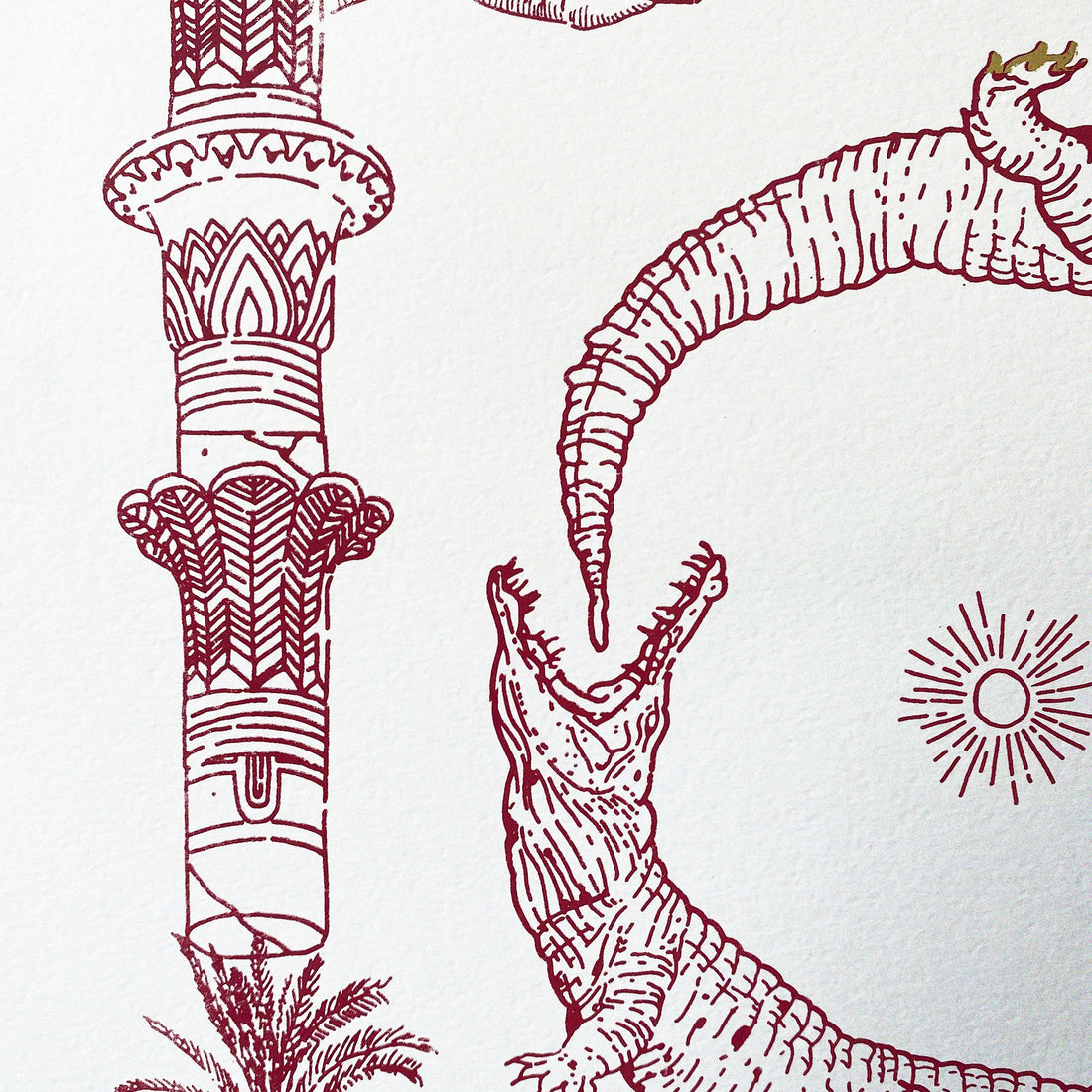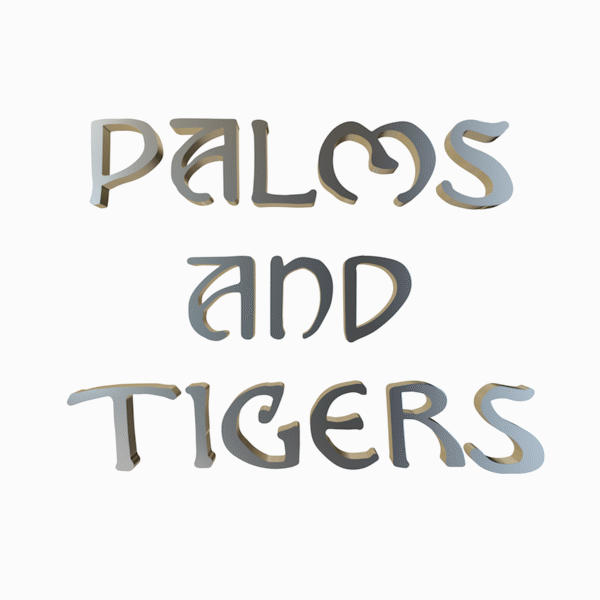
A Visual Journey to the Legacies of Ancient Egypt and Greece
Ancient civilizations have left indelible marks on the world, shaping our cultural heritage and artistic traditions. Among these, the Egyptians and Greeks stand out for their rich and influential contributions to art and symbolism. In this blog post, we’ll take you on a quick visual journey through the dominant motifs and symbols of these two great civilizations, exploring their impact on art and culture.
The Splendor of Ancient Egypt
Dominant Motifs and Symbols
- Hieroglyphs and Iconography: Egyptian art is renowned for its use of hieroglyphs, a system of writing that combined logographic and alphabetic elements. These intricate symbols were often used in religious texts, monuments, and tombs to convey stories and divine messages.
- Pharaohs and Deities: The depiction of pharaohs and gods was central to Egyptian art. Pharaohs were often portrayed in an idealized form, symbolizing their divine status. Deities like Ra (the sun god), Anubis (the god of mummification), and Isis (the goddess of magic) were commonly depicted with specific attributes and animal heads.
- Animals and Nature: Animals played a significant role in Egyptian symbolism. The scarab beetle, representing rebirth, and the ankh, symbolizing eternal life, are among the most recognizable motifs. The lotus flower, symbolizing creation and rebirth, was also a common element in Egyptian art.
Impact on Art
Egyptian art was characterized by its formalism and adherence to set conventions. This resulted in highly stylized and symbolic representations, focusing on order and harmony. The use of color, scale, and composition in Egyptian art had a profound influence on later cultures and continues to inspire contemporary artists.




The Beauty of Ancient Greece
Dominant Motifs and Symbols
- Mythology and Heroes: Greek art is deeply rooted in mythology, with gods, goddesses, and heroes playing central roles. Figures like Zeus, Athena, and Hercules were depicted in various forms of art, including sculpture, pottery, and painting.
- Human Form and Proportion: The Greeks were fascinated by the human form, striving for idealized beauty and perfect proportions. This is evident in their sculptures, such as the iconic statues of the Parthenon, which exemplify the Greek pursuit of harmony and balance.
- Geometric Patterns and Motifs: Greek art is also known for its use of geometric patterns and motifs, such as meanders (Greek keys), spirals, and palmettes. These designs were commonly used in pottery, architecture, and mosaics.
Impact on Art
Greek art emphasized naturalism, realism, and the celebration of the human body. This marked a significant departure from the stylized forms of earlier cultures. The Greek emphasis on proportion, perspective, and anatomical accuracy laid the foundations for Western art and influenced countless artists throughout history.




The Legacy of Egyptian and Greek Art
Both Egyptian and Greek art have left enduring legacies that continue to inspire and captivate. Their symbols, motifs, and artistic principles are not only historical artifacts but also sources of endless creativity for modern artists and designers.
Inspiration for Today
At Palms and Tigers, we draw inspiration from these ancient civilizations to create unique screen prints that echo their timeless beauty and symbolism. Whether it’s the geometric elegance of Greek motifs or the mystical allure of Egyptian iconography, our art pieces pay homage to these rich cultural traditions.

